
Kokeshi
Updated at 2023-05-22
The origin of "kokeshi" can be traced back to the Edo period when leftover wood scraps from making wooden bowls and plates were given to children as toys. The onsens of the Tohoku region had been widely famous well before the Edo period. Farmers in the late Edo period would visit onsens in the region during the fallow season and purchase a kokeshi as a souvenir before leaving. As demand for these wooden figurines rose, craftsmanship became increasingly refined. From initial bark-stacking to the eventual hand-painting, every process is done by an artisan with utmost care and attention to detail.
Language: Japanese
Area: 7,282 square kilometers
Population: Approx. 2,230,000 people
Main Industries/Features: Located in northeastern Japan, Miyagi features expansive plains and an economy largely based on agriculture, producing rice, strawberries, and pears. Its proximity to the Pacific Ocean has also fostered a vibrant fishing industry, with abundant catches of bonito, saury, tuna, and swordfish. Miyagi is Japan’s only prefecture with three Category III fishing ports established for fisheries revitalization.
相關藏品

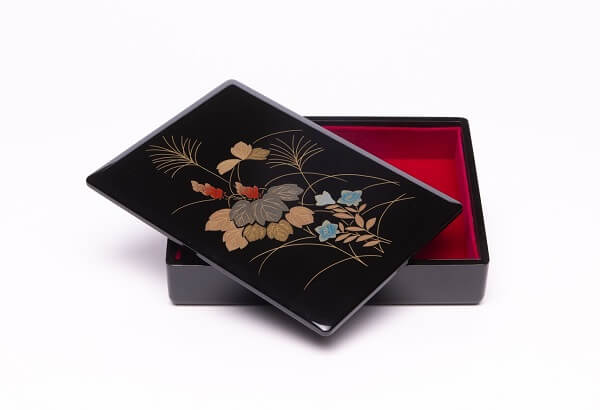
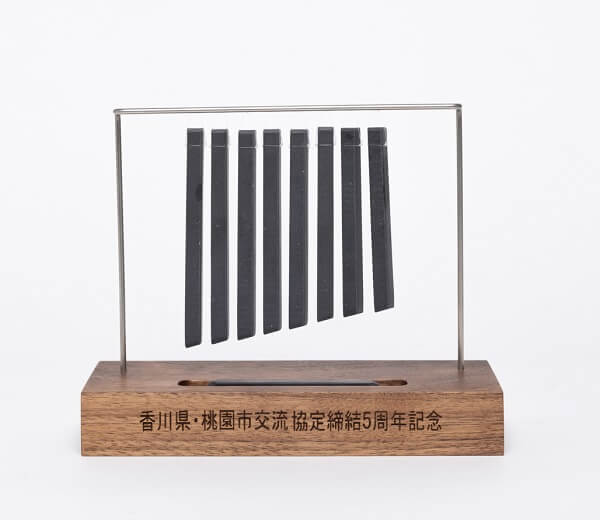
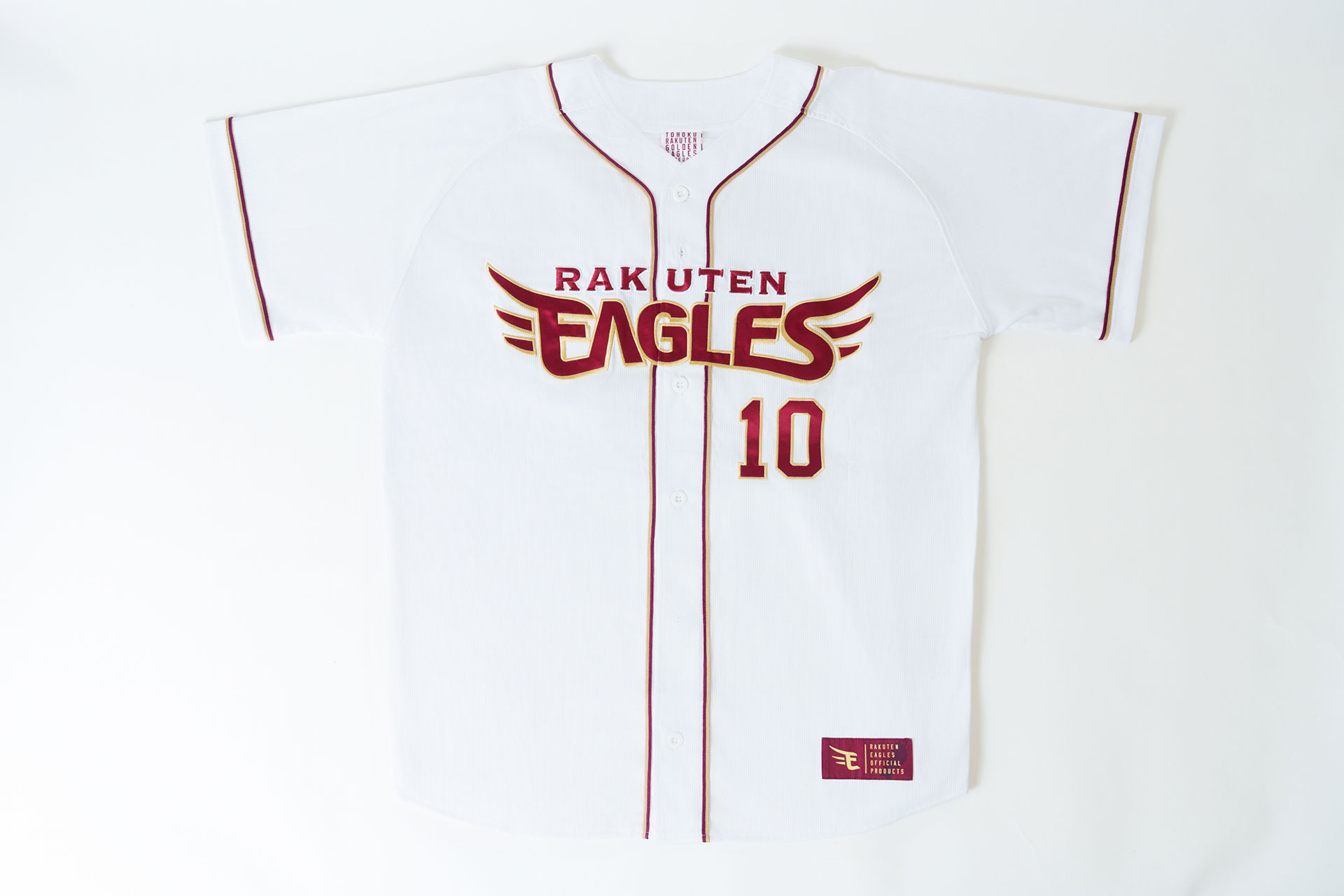
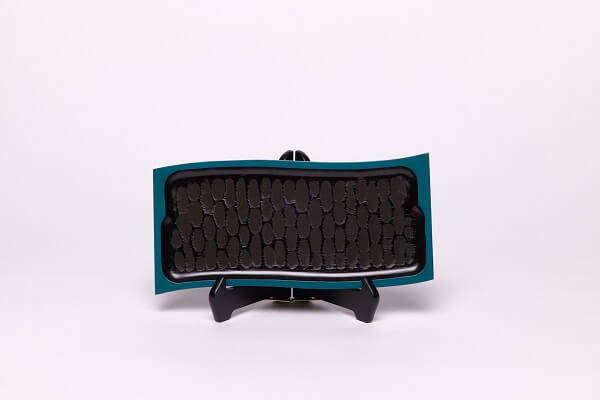
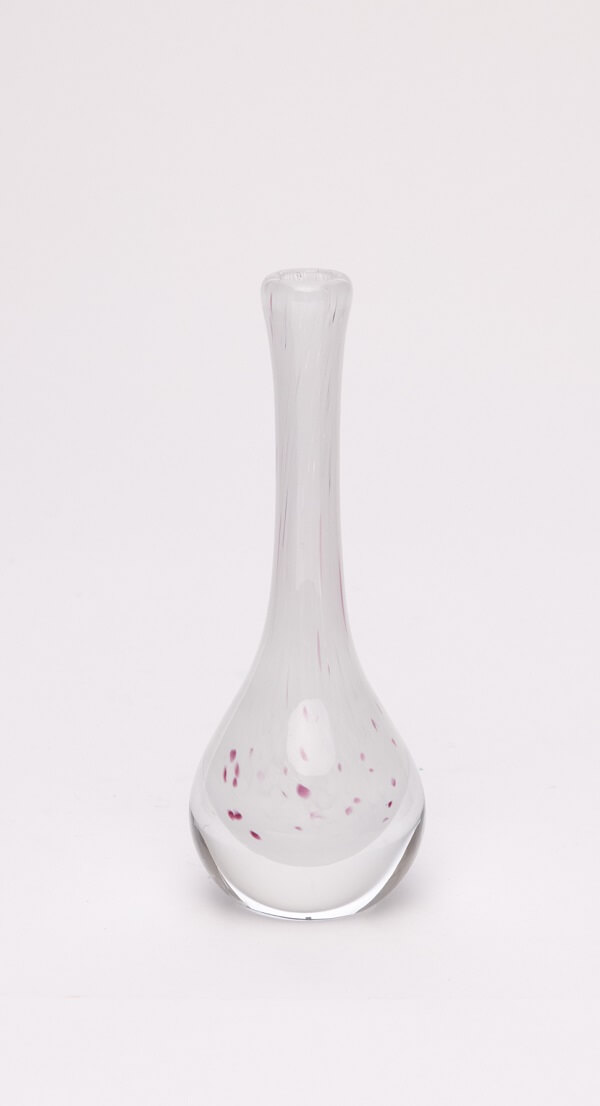
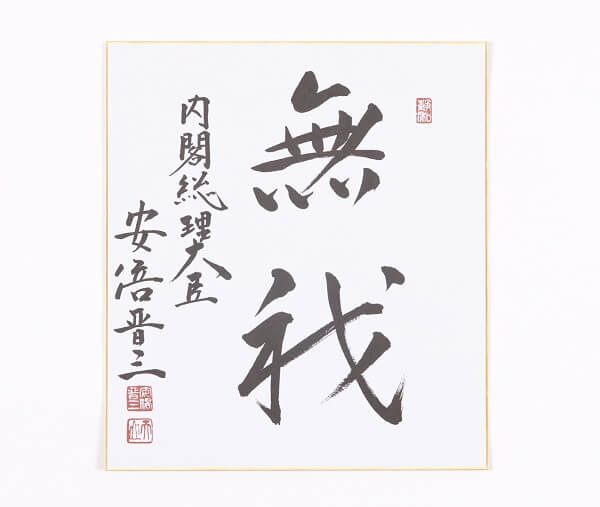
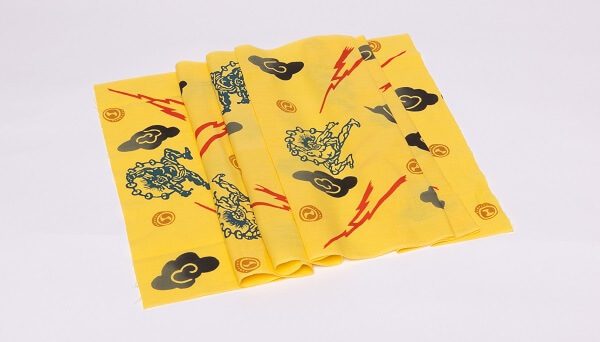
.JPG)
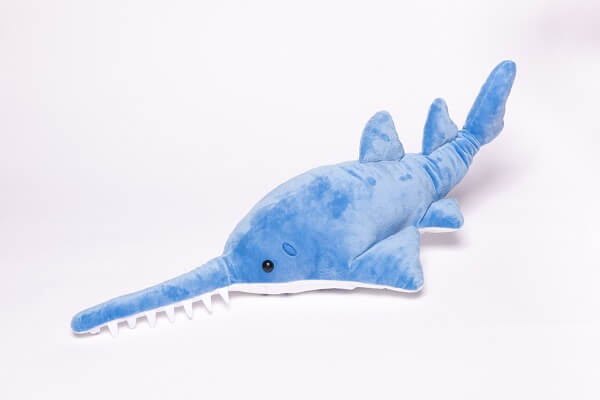
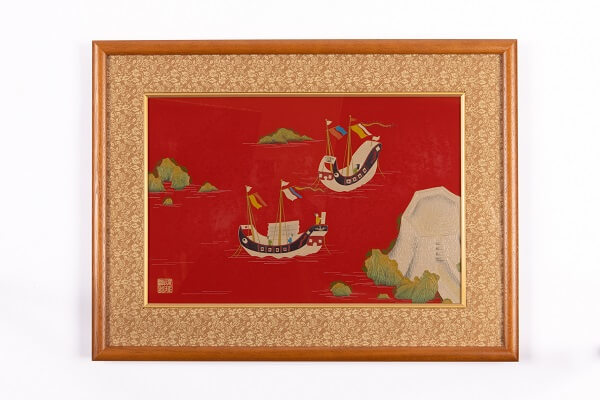
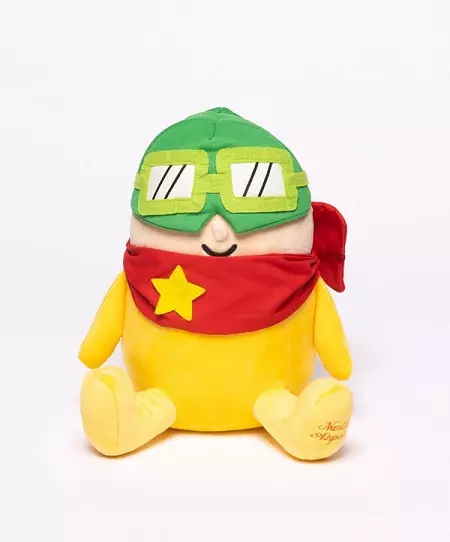
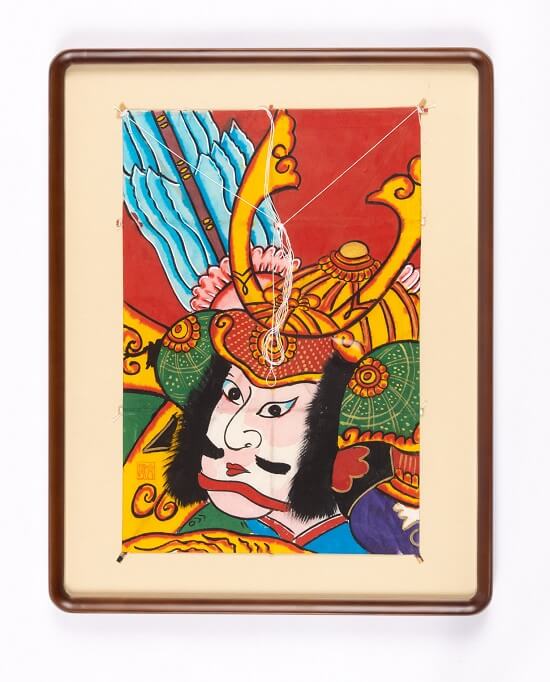
.JPG)
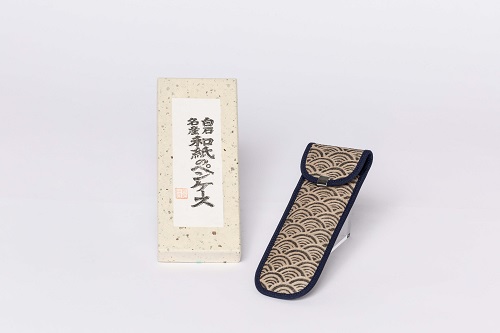
.JPG)
.JPG)
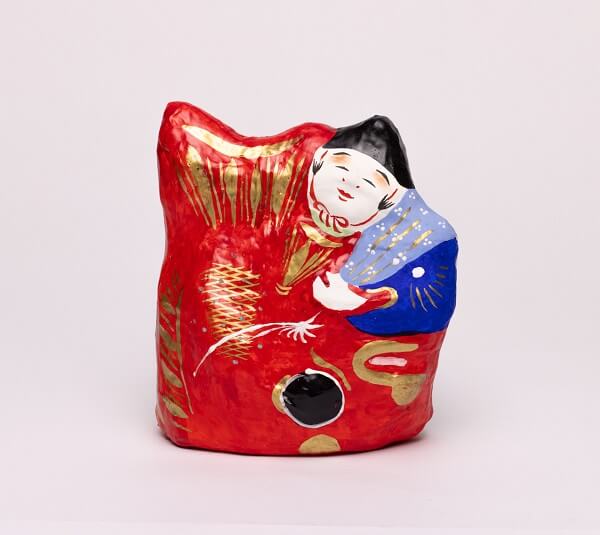
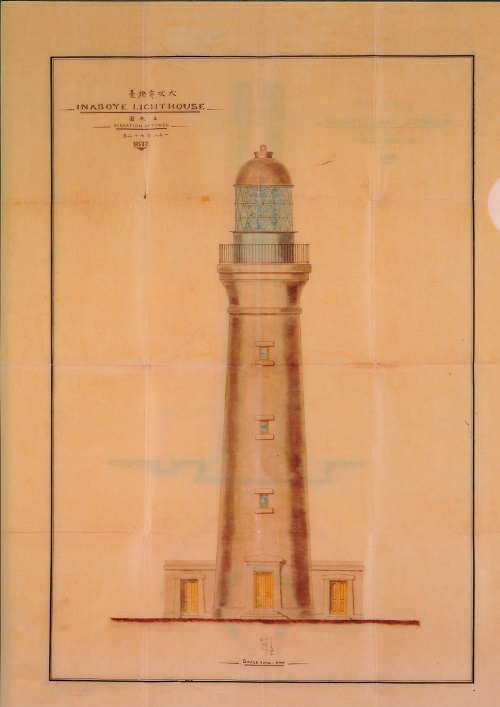
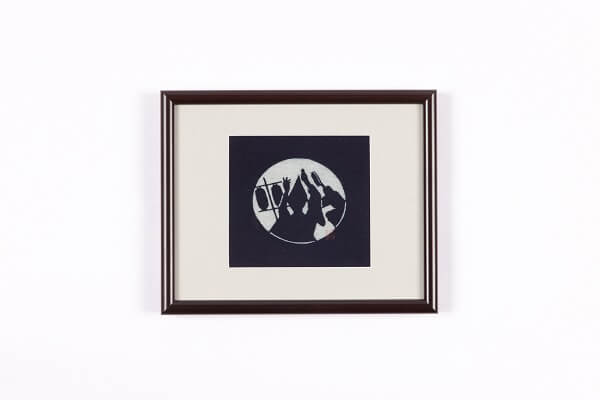
.JPG)



